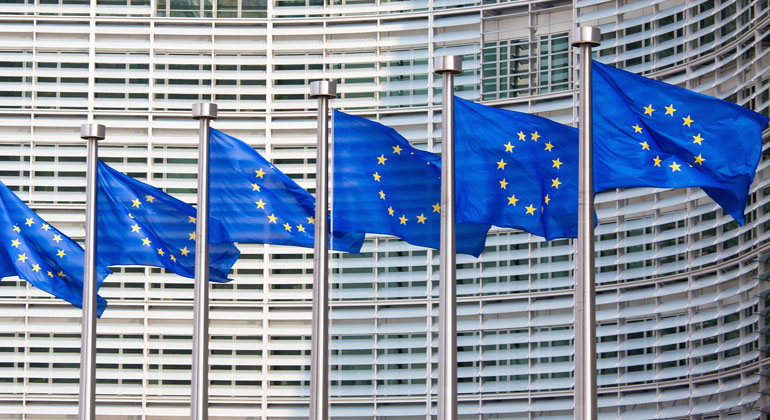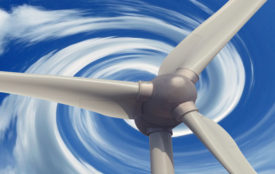Fossil gas and nuclear power are not sustainable
The European Commission’s draft delegated act to include fossil gas and nuclear power in the EU Taxonomy would prevent the Taxonomy from being an effective transparency tool for the financial markets, the German Environment Agency says. The draft labels as “sustainable” a large amount of GHG emissions from fossil gas, and nuclear power producing high-level nuclear waste.
Nuclear power
The EC proposes to include nuclear power in the Taxonomy largely based on plants fulfilling the Euratom Treaty and the member state having a plan for a high-level radioactive waste disposal facility until 2050. This proposal does not comply with the Taxonomy’s do-no-significant-harm principle. The disposal of high-level radioactive waste is as yet unresolved, with no disposal facility actually being operational and offering empirical evidence or scientific analyses of the long-term effects of high-level radioactive waste disposal. A technology which leaves significant amounts of highly problematic waste to future generations cannot be considered as complying with the do-no-significant-harm principle. Further, no presently available technology of nuclear power generation can rule out the occurrence of major accidents, and accident-tolerant fuels are not available. Although the risk may be very small, combined with the potentially immense damages caused by such accidents it constitutes a breach of the DNSH principle. Finally, there are no criteria specified for the Uranium mining and processing required to run the plants.
Fossil gas
The EC proposes to include fossil gas based on emitting 270g/kWh direct emissions or 550kg/kW average direct emissions over 20 years. The latter is a capacity criterion that includes up to 1.4 billion tons of CO2e if all existing coal-fired plants are replaced by fossil gas. It also means that there is virtually no threshold on emissions per kWh in the next ten years, and emissions above zero even beyond 2050 are deemed sustainable. These criteria set incentives to build a high number of gas power plants rather than developing renewables and technologies to directly use electricity. They violate the principle of technology neutrality, as they are far less ambitious than the 100gCO2e/kWh life-cycle emissions criterion that apply to other sources of energy in the Taxonomy. In addition, they imply that the Taxonomy alignment of the respective investments is almost impossible to verify, resulting in substantial uncertainty for preparers, verifiers and investors.
Recommendations
If the European Commission deems nuclear power and natural gas necessary to “cover the energy demand in a continuous and reliable manner” (recital 6) or as a stability reserve during the transition to a fully renewable and environmentally sustainable energy system, instead of including them in the Taxonomy it should regulate the two technologies separately in a level one regulation as part of the Fit-for-55 package.
In such a decarbonization regulation the issues of nuclear waste and nuclear accidents should be addressed more stringently than in the current draft, and sunset clauses set more tightly. Regarding natural gas, this regulation would need to set yearly caps based on emission thresholds with a clear, decreasing trajectory and specify the emission thresholds for renewable and low-carbon gases meant to substitute for natural gas. It would also need to set sunset clauses compatible with the Paris climate targets, and such as not to hinder the development and deployment of technologies supporting the complete decarbonization of the economy (energy efficiency, electrification of industry processes etc.). Finally, the regulation would need to address the open questions on usability and reporting that are left open in the current draft.







